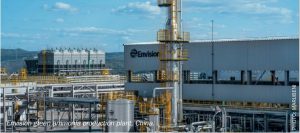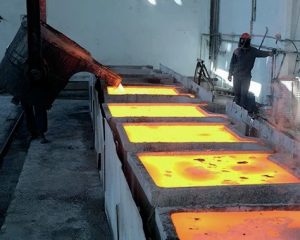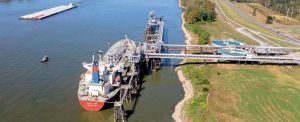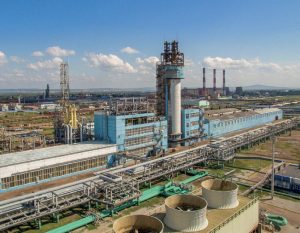
Mosaic Biosciences launches Neptunion in China
The Mosaic Company has announced the Chinese launch of Neptunion, its latest biostimulant product.

The Mosaic Company has announced the Chinese launch of Neptunion, its latest biostimulant product.

Japan’s Marubeni Corporation has secured a long-term offtake agreement from Envision Energy for green ammonia from Inner Mongolia.

In this CRU Insight, Anthony Rizzo explains why market participants should expect an uneven global demand picture in 2026 and highlights regional variations.

It is reported that Tongling Nonferrous is planning production cuts this year given current record low treatment and refining charges (TC/RCs). CRU estimates that the company’s potential cutbacks will total 67,000 tonnes of copper for the year. However, the start-up of the Jinguan II and Chifeng Jinjian II projects could offset the reduction in concentrate demand at operational smelters. Tongling Nonferrous owns five operational smelters/refineries with a total of 1.28 million t/a blister capacity and 1.73 million t/a refined capacity, respectively. It is understood that the Chifeng Jintong 220,000 t/a smelter has cut operating rates by 10% since early March due to concentrate tightness.

Methanol demand is rising again after a few years of relative stagnation, but with the Chinese MTO boom largely over, it looks to be energy uses which will drive most future demand.

Urea markets are well supplied at present in spite of Chinese export restrictions, but face volatility due to a number of trade barriers and other non-market pressures.

Alfa Laval says that its ammonia fuel supply system, FCM Ammonia, will be installed in seven LPG/ammonia carriers for Tianjin Southwest Maritime (TSM). The installation will commence with three 25,000m3 vessels, followed by four 41,000m3 vessels. The first FCM Ammonia unit for TSM is scheduled for delivery at the end of 2025. The contract follows extensive testing and development conducted in close collaboration with Swiss engine designer WinGD at its Engine & Research Innovation Centre (ERIC) in Winterthur, Switzerland. Alfa Laval says that the research and development project with WinGD has laid a strong foundation for FCM Ammonia’s commercial adoption, as evidenced by K Shipbuilding receiving approval in principle in December 2024 dfrom the American Bureau of Shipping for the design of an ammonia dual-fuel MR1 tanker. Alfa Laval contributed to the design of the entire fuel system, including the ammonia fuel supply system, fuel valves train, and vent treatment system, as well as an Aalborg ammonia dual-fuel boiler system.

The Chinese government has issued a development plan for the country’s copper smelting industry covering the years 202527 which is looking to reduce the level of overcapacity in the sector. New copper smelters must now control sufficient copper mine supply via ownership or equity stakes to cover their production requirements, something few smelters do at present. Chinese smelter output has reached record levels, with treatment charges falling to historically low levels as producers compete for copper concentrate – China imports around 85% of its copper concentrate. Meanwhile more smelter capacity is planned, with around 1 million t/a of new capacity scheduled for 2025. The country aims to boost domestic copper mine resources by 5% to 10% in three years to secure raw material supply, according to the government plan. China will also encourage copper smelters to sign long-term purchase agreements with global miners, boost imports of copper blister and anode, and encourage scrap imports.

Rapidly increasing lithium production is projected to require several million t/a of sulphuric acid in the next few years, with China, the USA and Australia the main consumers.

Hulunbeier New Gold Chemical Co has selected Stamicarbon to revamp a urea plant in Hulunbuir, northeastern Inner Mongolia.